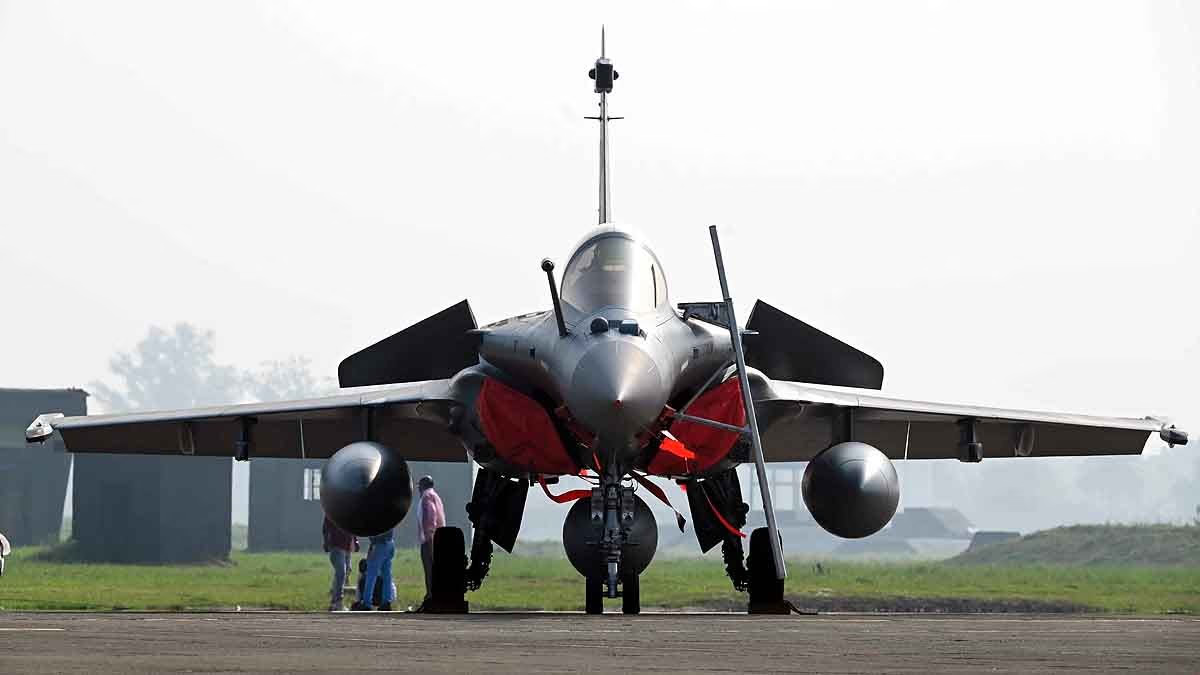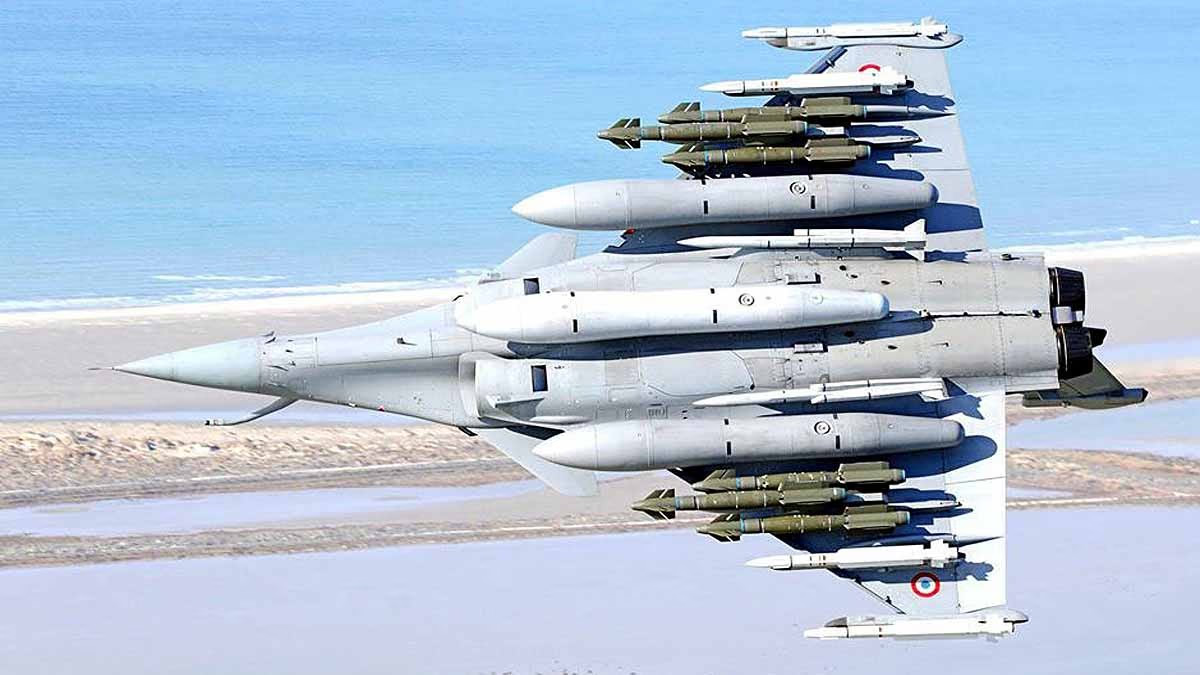On July 9, 2025, a Jaguar fighter jet of the Indian Air Force crashed in Churu, Rajasthan, tragically killing both pilots. This marked the third such accident in 2025, following reported MiG aircraft crashes. These incidents have raised questions about the state of the air force's aging aircraft and future plans. Let's explore the fighter jets India currently employs and its preparations for the future.
What Fighter Jets Does India Currently Operate?
The Indian Air Force is considered the world's fourth most powerful air force. It has a variety of fighter jets capable of air-to-air and air-to-ground attacks. Here's a glimpse at some of the key fighter jets...
Also Read:
Rafale
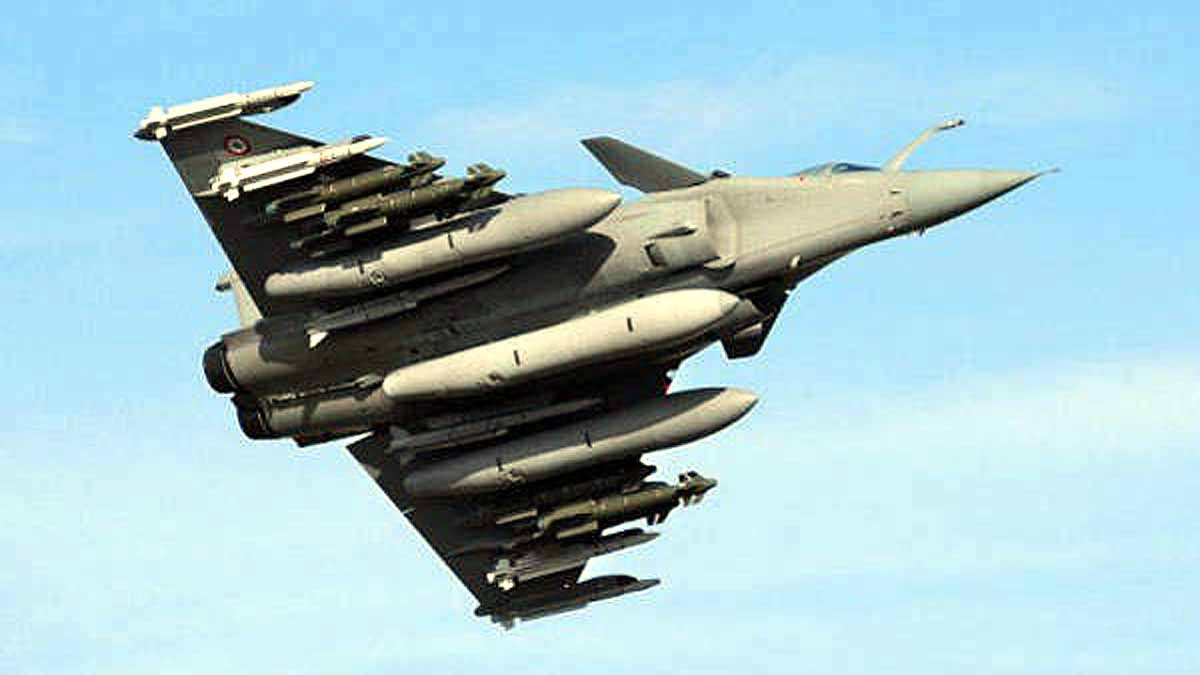
Source: aajtak
The Rafale is a 4.5th generation multi-role fighter jet developed by France's Dassault Aviation. In 2016, India made a deal to purchase 36 Rafale jets, which were inducted into the Indian Air Force in 2019.
Features: Equipped with Meteor missiles (150-200 km range) and an advanced AESA radar, it excels in air-to-air and air-to-ground attacks and can fly at low altitudes. It's notably stealthy against radar.
Usage: The Rafale demonstrated its prowess during the 2019 Balakot airstrike. Additional purchases for the navy have recently been finalized.
Sukhoi Su-30 MKI
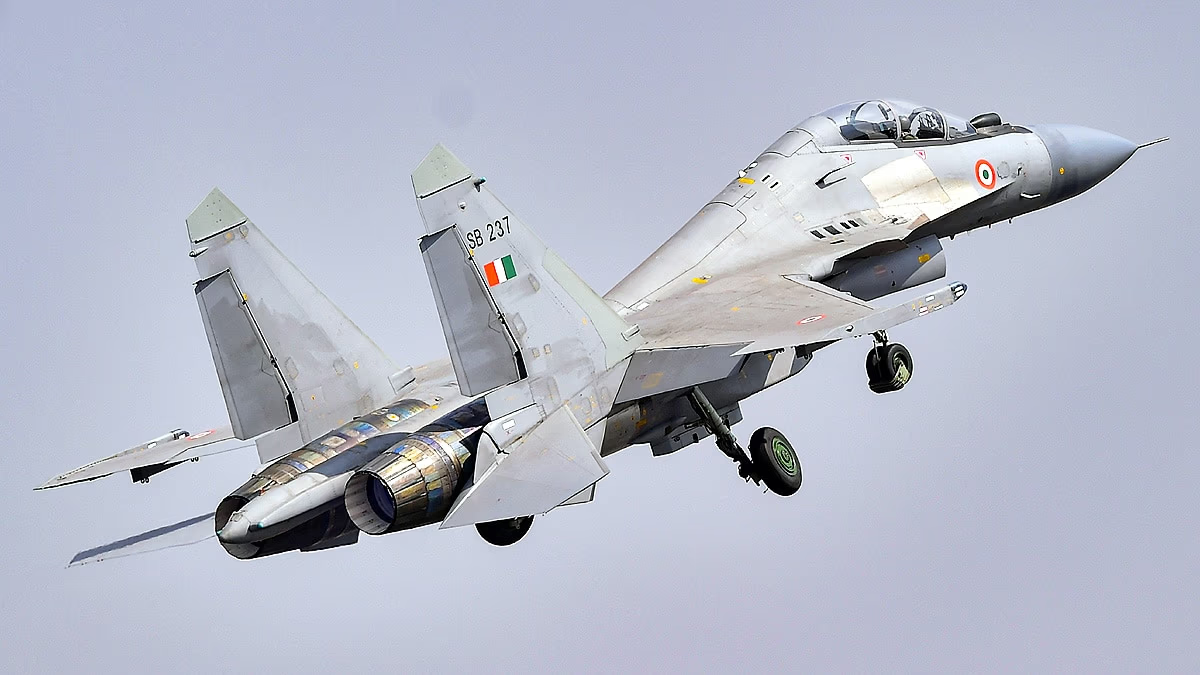
Source: aajtak
Manufactured by Russia, the Sukhoi Su-30 MKI is a primary fighter jet of the Indian Air Force, with approximately 260 units in service, forming a critical backbone.
Features: A 4.5th generation multi-role jet, it can carry long-range missiles and heavy weaponry, achieving speeds over twice the speed of sound.
Usage: Essential for surveillance and combat operations, especially on border defenses.
Also Read:
Tejas
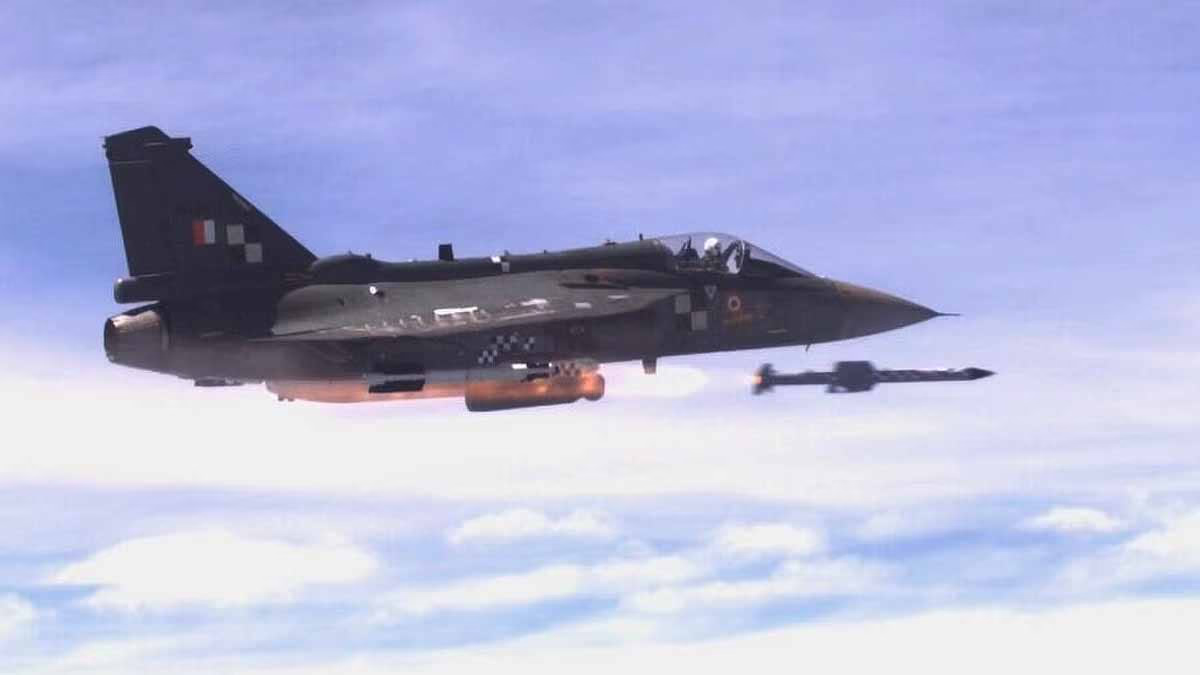
Source: aajtak
The Tejas is a domestically developed Light Combat Aircraft, crafted by Hindustan Aeronautics Limited (HAL). Currently, the Indian Air Force has 31 Tejas Mk-1 jets, with the advanced Mk-1A soon to follow.
Features: This 4.5th generation jet sports the EL/M-2052 radar and can track 10 targets simultaneously at Mach 1.8 speed, armed with indigenous Astra missiles.
Usage: Deployed in mountainous terrains like Kashmir.
MiG-21 Bison
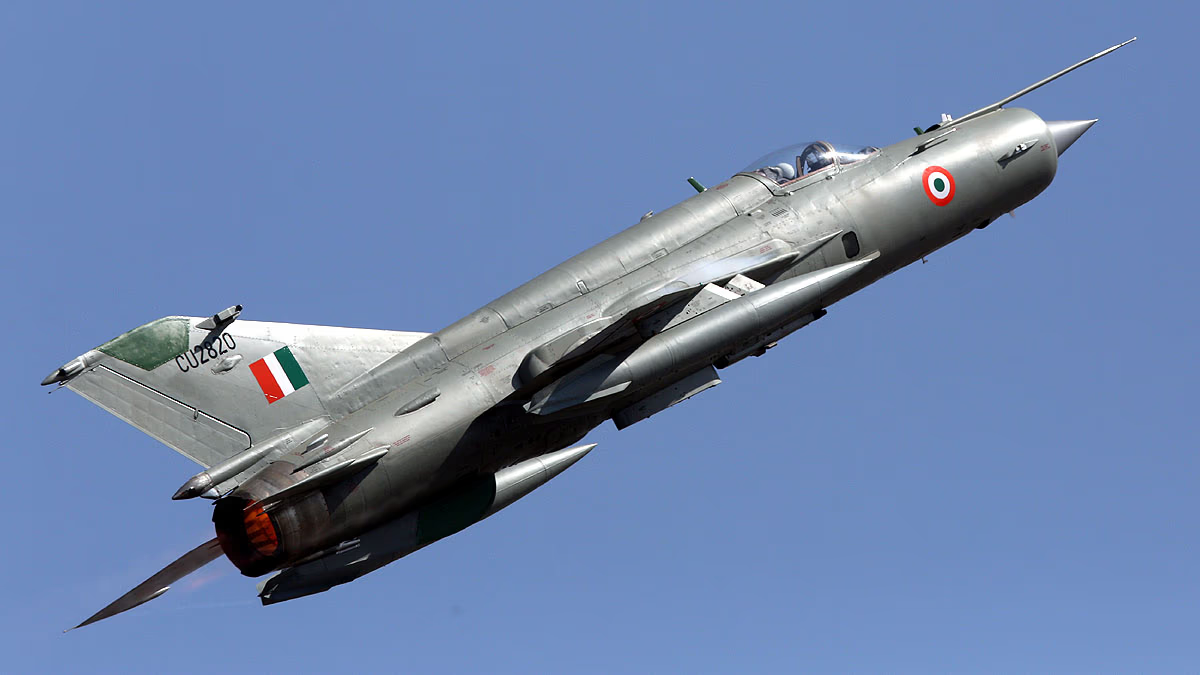
Source: aajtak
The MiG-21, a vintage yet upgraded fighter jet, was originally built in the 1960s by the Soviet Union, with some MiG-21 Bison jets still in Indian usage today even as they are phased out.
Features: Launch-ready in two minutes, lightweight, and fast, though its outdated technology prompts eventual retirement.
Usage: Notably, Wing Commander Abhinandan downed a Pakistani F-16 using a MiG-21 in 2019.
Also Read:
Jaguar
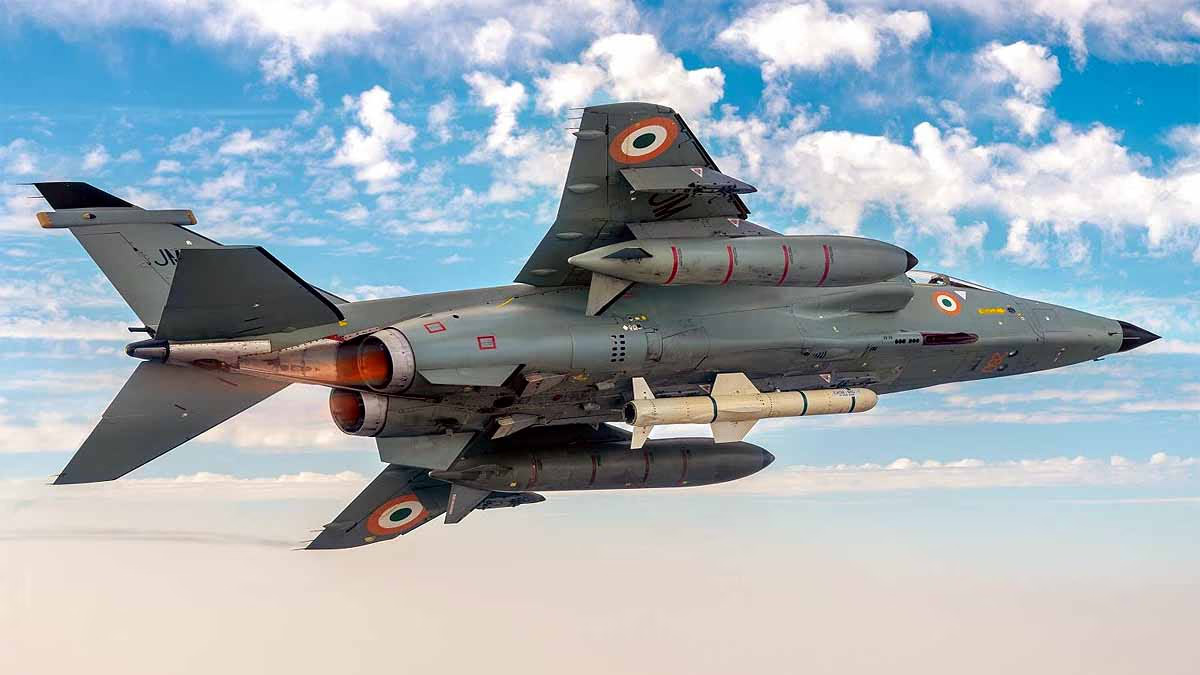
Source: aajtak
The Jaguar is a British-French fighter jet introduced to the Indian Air Force in 1979, with around 115-120 jets currently in use.
Features: Capable of low-altitude, high-speed flight, and carrying nuclear payloads.
Usage: Specialized in deep strike missions and reconnaissance, yet gradually phased out due to aging technology.
Future Preparations: India's Self-Reliant Defense Mission
India is prioritizing the phasing out of older jets like the MiG-21 and Jaguar, embracing modern technology with several ambitious plans for the future...
Also Read:
Advanced Medium Combat Aircraft (AMCA)
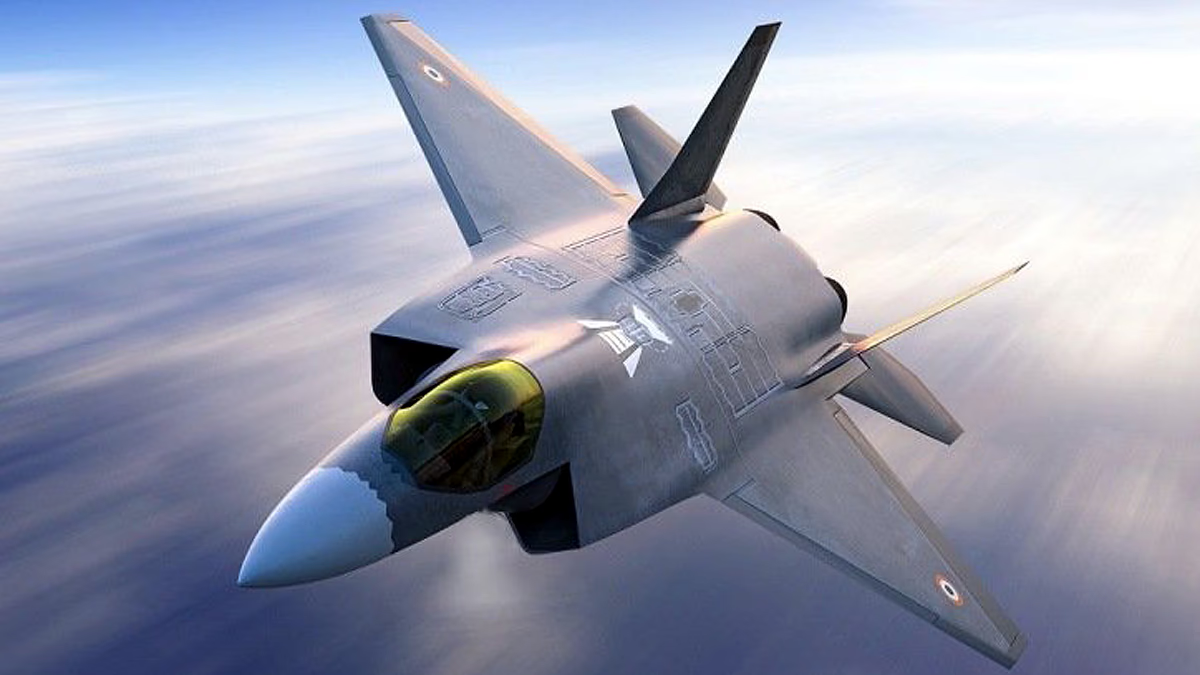
Source: aajtak
The AMCA signifies India's inaugural 5th-generation stealth fighter jet, developed by the Aeronautical Development Agency (ADA) and HAL.
Features: Incorporates stealth technology, supercruise ability (supersonic speeds without afterburners), AI-driven sensors, advanced missiles, with speeds exceeding Mach 1.8 and ranges over 1,000 km.
Status: In May 2025, Defense Minister Rajnath Singh approved the AMCA production model with plans to integrate it into the air and naval forces by 2035.
Budget: 15,000 crore rupees allocated for its prototypes.
Tejas Mk-1A and Mk-2
The Tejas Mk-1A, an upgraded Tejas version, equipped with enhanced radar and missile systems. The Tejas Mk-2, a medium-weight multirole jet, will feature a GE F414 engine. Status: Deliveries of the Tejas Mk-1A are underway, with the Mk-2 prototype expected by 2027.
Indigenous Engine Development
India is negotiating with the U.S. for an 80% technology transfer deal to manufacture the GE F414 engine domestically. This engine will serve the Tejas Mk-2 and AMCA, while the Kaveri engine project advances drones and unmanned craft purposes.
Also Read:
New Jets for the Navy
The Indian Navy recently sealed a deal to procure 26 Rafale-M jets for its aircraft carriers, INS Vikrant and INS Vikramaditya.
Drones and Unmanned Aircraft
India is heavily investing in drone technologies, with HAL’s CATS Warrior drone and projects like HLFT-42 slated to bolster future air force capabilities. Anti-tank missiles like Dhruvastra (HELINA) are being integrated into helicopters.
Challenges and Solutions
Aging Aircraft: Jets like MiG-21 and Jaguar pose safety risks due to recurring crashes. Some users on X suggest HAL's Tejas project delays have prolonged the decommissioning of older jets.
Import Reliance: India's current dependency on foreign jets like the Rafale and Sukhoi is expected to decrease through AMCA and Tejas indigenous projects.
Technological Gap: Experts note a 10-15 year lag behind China, the U.S., and Russia in fighter jet engine manufacturing. Collaborations with France and the U.S. are pivotal to closing this gap.
